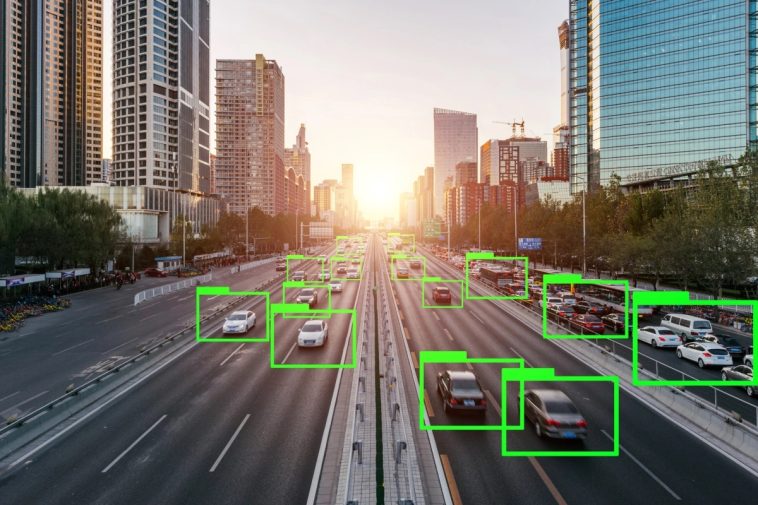Data labeling is the process of manually annotating or categorizing data in a structured format to be used for training machine learning models.
Data labeling lets you add essential metadata to your datasets, unlocking many valuable features like predictive analytics and machine learning (ML) models.
This blog post will tell you everything you need about data labeling so you can start using it immediately.
What is Data Labeling?
Data labeling is the process of figuring out what the raw data is and giving it helpful labels. Labeling data is essential to any system based on data, but why?
- Labeled data is used in machine learning models so that the model can find patterns in the data and use them to tell one label from another.
- By putting data into these groups, the model can quickly find connections between data points and use them to conclude.
On the other hand:
- Data that isn’t labeled doesn’t have any tags or categories, so machines can’t use it as well to train their models.
By labeling data points with relevant information, computers can better understand the data and make more accurate ML models. Labels make it easier for algorithms to group, find, and classify different parts of data.
So, training machines with labeled data can lead to more accurate results than just unlabeled data.
Labeling data is an integral part of machine learning because the data collected is used to train ML models and make data predictors.
- Companies use data annotators to organize and label data. This creates a training data foundation that separates data variables, and lets analysts find the best data predictors for machine learning models.
- The data labels tell the machine learning models which data vectors should be used to train the models. This lets the models make more accurate predictions.
Even though machines can annotate data, humans are still needed for “human-in-the-loop” participation at different project stages. For example, humans are required to help create, train, fine-tune, and test the ML model using datasets that are best for that project.
By giving data the correct names, businesses can:
- Better analyze trends.
- Draw valuable conclusions from sets of data.
- Come up with a new business solution.
Companies can use their data more efficiently and effectively to reach correct conclusions.
Read More: 7 Steps for Starting a Business From Home



